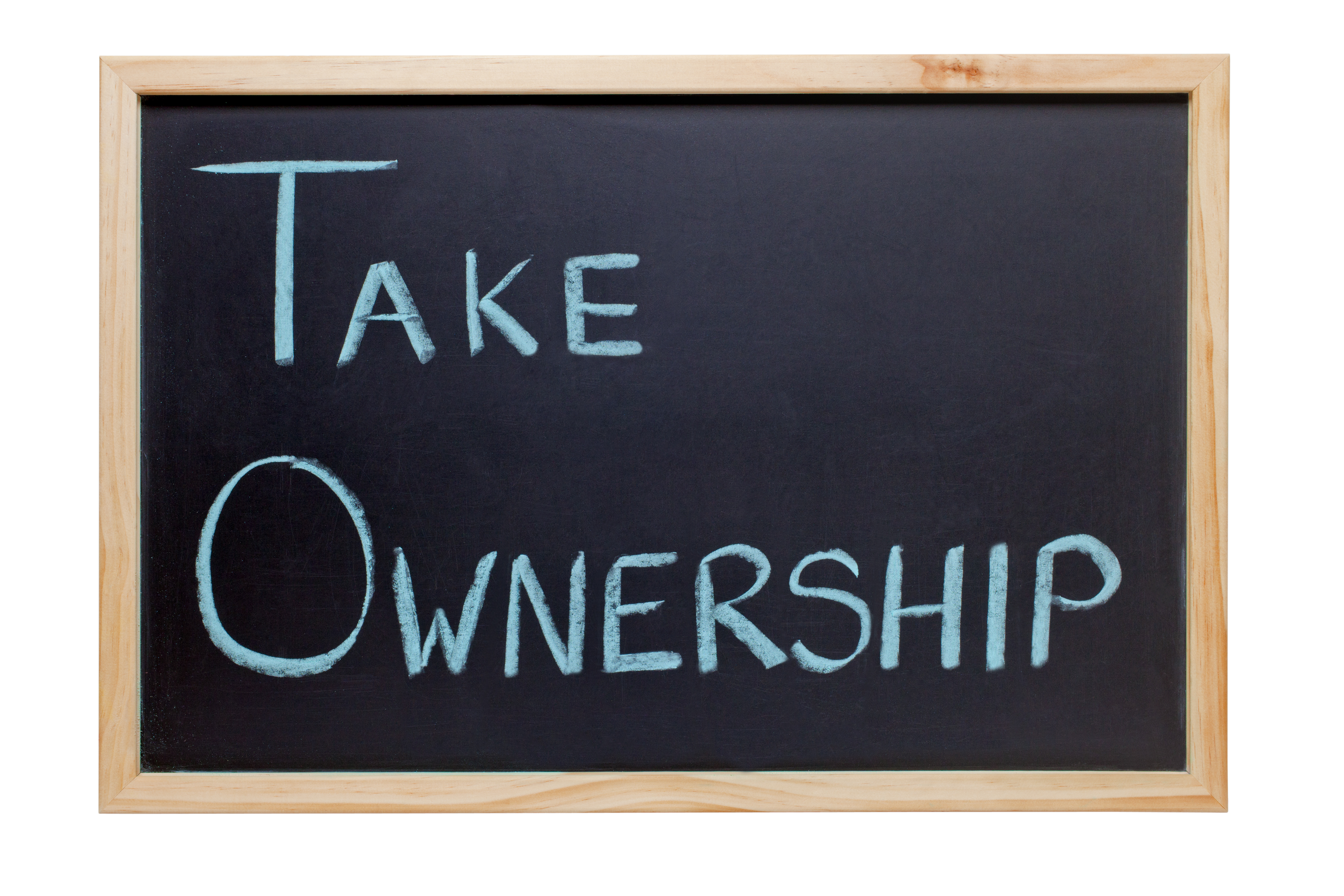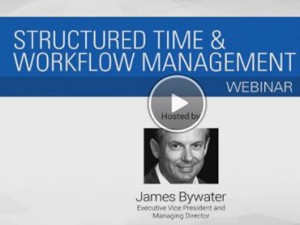 Companies desire to significantly maximize and differentiate their customer experience. Vast sums of money have been spent on this quest. However, two of the most important approaches have still not been mastered at most companies. These are Taking Ownership and Following Up. Taking Ownership and Following Up are the mot powerful levers of a superior customer experience. That is, mastery of these two concepts will have the greatest positive service impact on customers, let alone improving customer service surveys/assessments. Although every organization has existing service processes, customer perceptions of service excellence can be dramatically improved by focusing upon Taking Ownership and Following Up. In fact, ineffective and inconsistent implementation of Taking Ownership and Following Up virtually guarantees a less than desirable customer experience. Unfortunately, these two concepts are constantly being preached, but rarely being implemented at levels of executional excellence.
Companies desire to significantly maximize and differentiate their customer experience. Vast sums of money have been spent on this quest. However, two of the most important approaches have still not been mastered at most companies. These are Taking Ownership and Following Up. Taking Ownership and Following Up are the mot powerful levers of a superior customer experience. That is, mastery of these two concepts will have the greatest positive service impact on customers, let alone improving customer service surveys/assessments. Although every organization has existing service processes, customer perceptions of service excellence can be dramatically improved by focusing upon Taking Ownership and Following Up. In fact, ineffective and inconsistent implementation of Taking Ownership and Following Up virtually guarantees a less than desirable customer experience. Unfortunately, these two concepts are constantly being preached, but rarely being implemented at levels of executional excellence.
Overview of Taking Ownership and Following Up
These two vital concepts are not novel to the business world and are in fact desired by most companies that want to increase both the external and internal customer experience and positively influence service metrics. However, converting these concepts into consistently implemented and embedded behavioral actions is the real challenge. Although both concepts typically resonate with Leaders/Managers/Coaches (LMCs) and line employees, merely having insight into their importance is not the same as achieving sustainable executional excellence with customers. Furthermore, these are not novel concepts employee populations, and they have been communicated to them over and over again for years. so, if these two concepts are apparently so self-evident and logical, why are they not routinely being implemented at levels that differentiate and organization from the competition? Unfortunately, communicating the importance of Taking Ownership and Following Up, regardless of how eloquently and motivational, is not in and of itself enough to embed the desired behavioral changes at the right quality and frequency levels. Communicating the value of these two concepts, regardless of how frequently it is done, just sets the stage.
Projection – A Performance Killer . A classical belief set error of the leadership and management of many companies is the psychological concept of projection. This is the situation where those in charge feel that what they are asking their downstream employees to do is so self-evident that it is unnecessary (and even ridiculous!) to have to train them to do. And, even if there is some training involved, reinforcing that training, inspecting what is expected and holding people specifically accountable, is only minimally done. This projection mechanism is a killer of performance excellence. LMCs must drive the behaviors that are desired, rather than simply wishing that they were so, and getting frustrated when they are not. This unquestionably applies to Taking Ownership and Following Up, especially because they are somewhat amorphous and less concrete concepts for most employees.
So, what is necessary to truly achieve world-class Taking Ownership and Following Up?
The process starts with a Success Triangle analysis of how Clear, Capable and Motivated company employees currently are regarding Taking Ownership and Following Up, and then transitions into creating and implementing specific solution action plans.
CLEAR
First, have companies establish a methodology to codify and assess/measure these concepts? If not, it is critical or else they will remain metaphors. As we all know, you can’t manage what you can’t measure. Whether or not companies measure their Taking Ownership and Following Up baselines, baselines do exist. Therefore, if these two critical concepts are not already being measured, it is necessary to establish nd assessment methodology so that baselines can be established and improvements can be analyzed. Unless this is done, it is unlikely that Taking Ownership and Following Up will be culturally embedded. Second, Companies must determine whether their employees are Clear about the mechanics of Taking Ownership and Following Up within each job family on a situationally specific basis, versus individuals and teams being only “conceptually clear”. This is critical as goals about these concepts are necessary but not sufficient to do the job. Many employees may at least be able to generally explain the importance of Taking Ownership and Following Up, but that does not mean that they are precisely clear on how to do so.
Example for Taking Ownership
For example, one of the most common directives that many companies give to their employees is to implement “one touch” solutions with customers. With respect to Taking Ownership, ideally, a one touch solution means that whenever customers ask questions/express concerns/complaints/overall dissatisfaction, the employees whom they are speaking to are able to provide solutions on the spot without the customer’s having to speak with anyone else (although the employee might need to).
The one touch desire is commendable, but realistically, it is often not possible. Therefore, just communicating to employees the company’s desire for one touch solutions, when the employees do not have one touch enablement, is often frustrating to these employees, as they do not specifically know what they are supposed to do in each and every situation (at least on a prioritized basis.) And communication alone will rarely maximize the customer experience.
If it were so easy, Taking Ownership would be much further along than it is within most businesses. The fact is that most companies are sub-par in this regard. Consequently, merely having a Taking Ownership initiative, without clearly defining what the employee is supposed to do on a situationally specific basis, is a formula for under-performance.
The reason is that even when an employee can potentially provide a one touch solution, it doesn’t mean that they are enabled to do so. Furthermore, there will be some situations where the employee can’t solve problems with a single customer touch, as these situations will require one or more follow ups with customers and perhaps include the need to engage multiple employees in the solution as well.
Also, there are clearly times when a different employee will need to engage with the customer instead of the customer’s original contact, who may (appropriately bow out of the situation. This will require a “warm hand-over” internal referral, including necessary data transfer, so that the customer doesn not perceive that he or she is being handed off and/or starting all over again.
Additionally, if an internal referral is necessary, what does “Taking Ownership” precisely mean with respect to the employee contacted following up and following through thereafter, so that the “solution chain” is not broken?
These internal referrals are typically a challenge for companies and are one source of customer complaints, particularly when they are not handled at the highest levels of professionalism. There is a big difference between desirable customer centric/friendly internal referring and the perception by customers of having been unceremoniously handed off to someone else. Of course, if customers perceive indifference from the initial contact or down-the-line contacts, it can exponentially increase the problem.
Whether one touch is doable or not, unless the employee who initially speaks with the customer knows precisely what to do with respect to protocols and what to say/ask, let alone is able to execute seamlessly, the odds of a positive customer experience and probably be diminished.
However, the need for multiple touches with multiple employees does not mean that you can’t still create and extremely positive customer experience.
This can be achieved by training employees to pre-position and immunize customers against disappointment in the most positive way through effective communications, as to what customers can expect in each and every situation.
Examples for Following Up
One of the most egregious Following Up failures, which consistently upsets both external and internal customers, is when employees make promises to get back to customers (or LMCs to their downstream employees) at a particular time, and don’t.
It would seem blatantly obvious that when a promise is made about following up with a customer that the promise is kept. They why doesn’t it happen?
Here are five common possibilities (there are more) that are all understandable, but unacceptable if companies want to achieve world-class Following Up, which unquestionably links to perceptions of service excellence.
1. The employee was too busy with other “priorities”.
- Poor time management prioritization and/or “an excuse” (see #3 and #4 below.)
2. The employee “forgot”.
- Poor data entry/contact management and/or “an excuse” (see #3 and #4 below.)
3. The employee didn’t get the information that was necessary for the follow-up and so he/she simply didn’t contact the customer.
- The employee perceived that contacting the customer without the necessary information would result in an upset customer, and so elected to avoid the situation.
4. The employee would have to present “problematic” information to the customer, so he/she simply didn’t contact the customer.
- The employee perceived that contacting the customer with problematic information would result in an upset customer, so he/she avoided the situation.
Note: we call the avoidance of Following Up in #3 and #4 above FOFU…Fear of Following Up…and it is far more common than most companies realize.
5. Problematic existing Following Up habits
- Not uncommon, especially if there is poor role modeling of Following Up by LMCs and/or because of poor role modeling of Following UP behaviors from employees’ life experience in general.
Surprisingly, employees often don’t follow-up even when they have good news to convey to customers.
If employees often don’t follow-up even when they have good news to convey to customers.
If employees don’t follow-up when they have made a promise to do so, regardless of their reasons for not doing so, it is a clear sign of disrespect for customers, and it is the antithesis of a customer centric culture that desires to maximize the customer experience.
All of the preceding reasons for poor Following Up can be remedied by implementing the proper training and LMC solutions.
As an example, #3 and #4 above, which are often emotionally difficult situations regardless of the given realities and potential negative customer reactions and rehearsing their communications until they are fluent and second in nature.
One of the Cohen Brown Laws about potentially fearful communication interchanges is, “Anxiety is the price you pay for the unprepared mind and mouth“!
If employees are anxious about Following UP, it is not unlikely that avoidance and delaying tactics will occur.
Discover It, Implement It and/or Refer It.
In short, every employee must be Clear about their personal Discover It, Implement It and/or Refer It responsibility regarding the specificities of TAking Ownership and Following Up.
Using a sports analogy, employees, as well as their LMCs, must be crystal Clear about the “plays’ that they have to execute with respect to these tow concepts
CAPABLE
Once the Clear side of the Success Triangle has been dealt with, it is essential to train employees to know “at the drop of a hat” how to implement these plays flawlessly, fluently and confidently on a situation-specific and job-specific basis, regardless of how challenging the challenging the communication with the customer may be.
Ultimately, it is all about executional excellence, as knowledge is not power…acting on Knowledge is power. Jsut as in sports, knowing something and doing something and doing something and doing something/doing something well are vastly different.
This also applies to Taking Ownership and Following U between LMCs and the line, LMCs and LMCs and peer-to-peer.
MOTIVATED
It is essential to continuously motivate LMCs and the line to sustainably implement Taking Ownership and Following UP behaviors.
Unfortunately, the common reality in organizations is that when people move out of their comfort levels and pre-existing performance baselines, there is a stong tendency to regress to pre-existing levels, unless there is continuous motivation to maintain (let alone improve) new performance levels. This requires best of class LMC.
However, if LMCs and their employees are not absolutely Clear about the precise responsibilities and are not Capable of implementing them at the highest possible levels, motivational approaches will at best be short-term fixes, driving only increased frequency and perhaps higher levels of enthusiasm during interactions, with regression soon thereafter.
Unfortunately, Motivation does not typically result in superior quality performance as Motivation, in and of itself, does not increase competency, unless the Motivation inspires LMCs/employees to engage in specific training including necessary levels of practice and rehearsal (that is, the Capable side of the Success Triangle). This naturally applies to Taking Ownership and Following Up.
Furthermore, Motivation is enhanced when people feel confident. However, real and lasting confidence is only produced as a by-product of clarity and competence.
STAGING
Should companies choose to embrace this level of precision interventions to maximize Taking Ownership and Following Up, it may appear somewhat daunting to do so because of the number o real world scenarios that need to be mastered.
Furthermore, the human brain can only digest and embed a finite amount of information in a particular period of time, let alone convert that information into action.
Consequently, the solution is to stage-in prioritized interventions and create a time managed rollout, which focuses on the most important opportunities /challenges that occur most frequently, rather than trying to get employees to learn everything at once.
This staged prioritized approach will significantly increase the probability of both rapid behavioral implementation and incremental performance results.
CONCLUSION
Companies desire to significantly improve their differentiated customer experience, customer-centricity and customer service realities and perceptions.
There are numerous contributors to service excellence. However, two of the most important direct service perception modifiers are Taking Ownership and Following Up. In fact, as mentioned earlier, if these two concepts are not operationalized at world-class levels, it is very unlikely that companies will achieve their customer experience and service objectives.
Superior levels of consistent Taking Ownership and Following Up will require improvement in:
1. Clarity about precisely what must be done in each and every interaction with both external and internal customers. (Unless these two concepts and also operationalized internally, it is unlikely that they will be operationalized externally).
- It is essential that a superior level of If/Then scenario granularity regarding “what must be done” should cascade throughout companies.
2. Capability with respect to implementing “what must be done.”
3. Motivation regarding achieving the foregoing.
- This includes improvements in LMC.
By utilizing the approach overviewed in this document, the probability of companies achieving mastery and consistent implementation of Taking Ownership and Following Up will be significantly increased. Thusly, along with other company service initiatives, companies will enhance and accelerate their ability to achieve their desired customer service outcomes.
This article is a re-print which first appeared on BankersHub.com December 2013.
About The Author
Martin L. Cohen, M.D. is Chief Executive Officer and Co-Chairman of Cohen Brown Management Group. Dr. Cohen is one of the leading strategists, consultants, managers, lecturers, and trainers in the financial industry today. A widely respected expert in psychiatry, Dr. Cohen shares his knowledge of human behavior to train and motivate institutions to change and improve their sales and service behaviors in order to achieve dramatic, profitable results.
Email: info@cbmg.com
0 Comments
Leave a reply
You must be logged in to post a comment.




